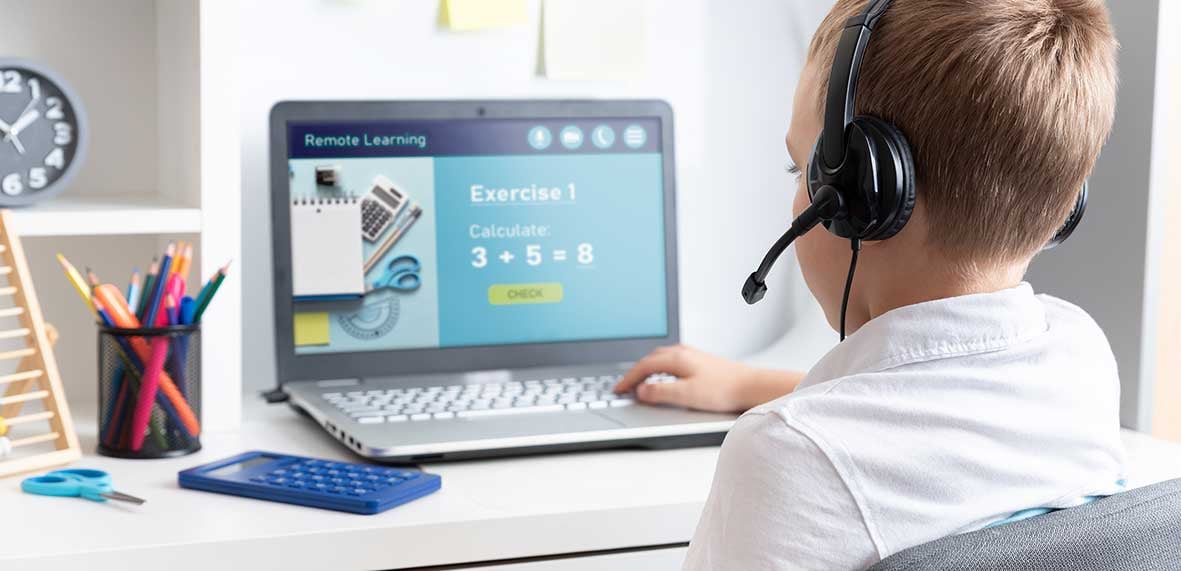 For the 2020 to 2021 academic year, the DfE is providing laptops and tablets to schools to help children and families in need to access remote learning during coronavirus (COVID-19). This means schools are sending hundreds of mobile IT assets off-site to support home schooling. This loan process needs to be well thought through, starting with having a reliable inventory of what equipment is available and keeping track of equipment once it leaves the school premises.
For the 2020 to 2021 academic year, the DfE is providing laptops and tablets to schools to help children and families in need to access remote learning during coronavirus (COVID-19). This means schools are sending hundreds of mobile IT assets off-site to support home schooling. This loan process needs to be well thought through, starting with having a reliable inventory of what equipment is available and keeping track of equipment once it leaves the school premises.

The first obvious step is to find out how many devices you have and who needs one. Your School Asset Management register should give you this information. This is where schools can already have a problem, if that information isn’t up to date or readily available in a central area.
It’s recommended you start with teaching staff, making sure they've got the equipment they need - if teachers don't have a computer they can use at home, they won't be able to do things like prepare online classes or set a remote learning guide. Again, having an up-to-date list quickly lets schools understand where and how to prioritise equipment. Once the staff are kitted up, you can decide which pupils to prioritise. If you've got a limited supply, you may need to decide who gets a device on a case-by-case basis. A good starting point is to focus on pupils who might not have access to devices at home, like those eligible for the pupil premium.
The next step is to ask parents to request devices. One of the most efficient ways to do this is to create an online request form or a survey, Google Forms and SurveyMonkey are both good tools. Put this form or survey on your school website, or send it out in an email to parents. Include a statement on exactly who is eligible to avoid confusion over which pupils have priority. The form should collect this basic information:
- Pupil's name
- School name (have this if you're in a trust and you're collecting data centrally)
- Year group
- Parent's details - name, mobile number and email address
- Whether the pupil has access to WIFI
- Whether the pupil has access to their school account passwords
- Agreement to terms and conditions
It is important that staff and pupils take responsibility for the mobile device and its proper use, so it’s good practice to create a loan agreement. Even if you already outline your rules on the proper use of devices in an IT existing policy, it’s still advisable to create a separate agreement for loans so you have a set of terms and conditions that are quick and easy to read. The agreement should cover information on:
- Unacceptable use
- Personal use
- Damage/loss
- Data protection
- Returning items
An asset management software platform can really help schools manage the loan process. In addition to keeping a central record of each asset and it’s current owner, the software can include any funding documentation, PAT testing, parental requests and electronic copies of the loan agreement. If the asset is tagged, checking the equipment in and out also becomes a simple process. Having this system in place will prove indispensable as pupils return to the classroom and schools need to re-audit their mobile asset inventory.
